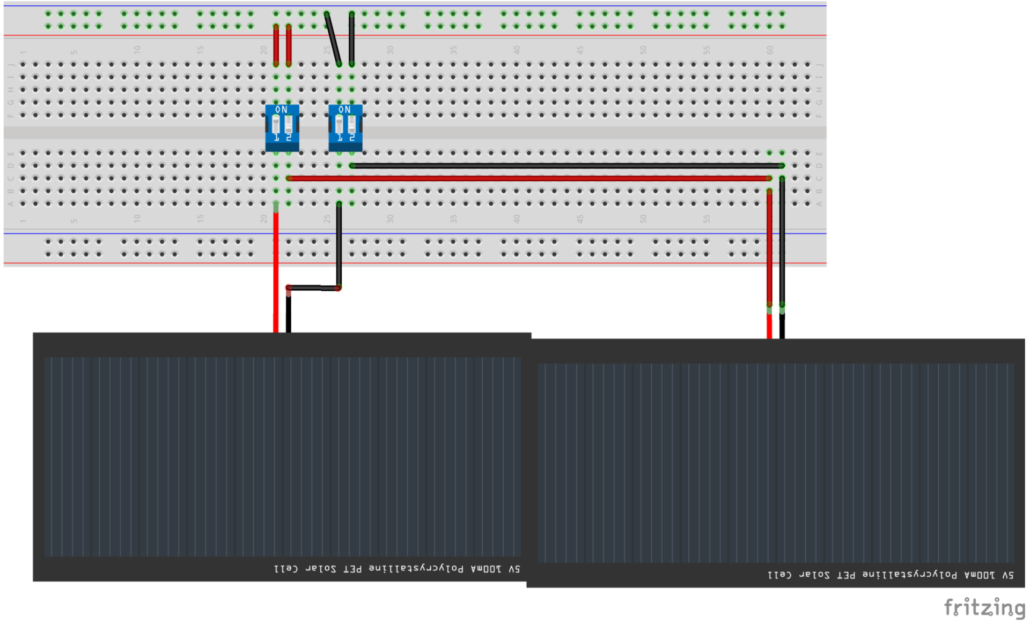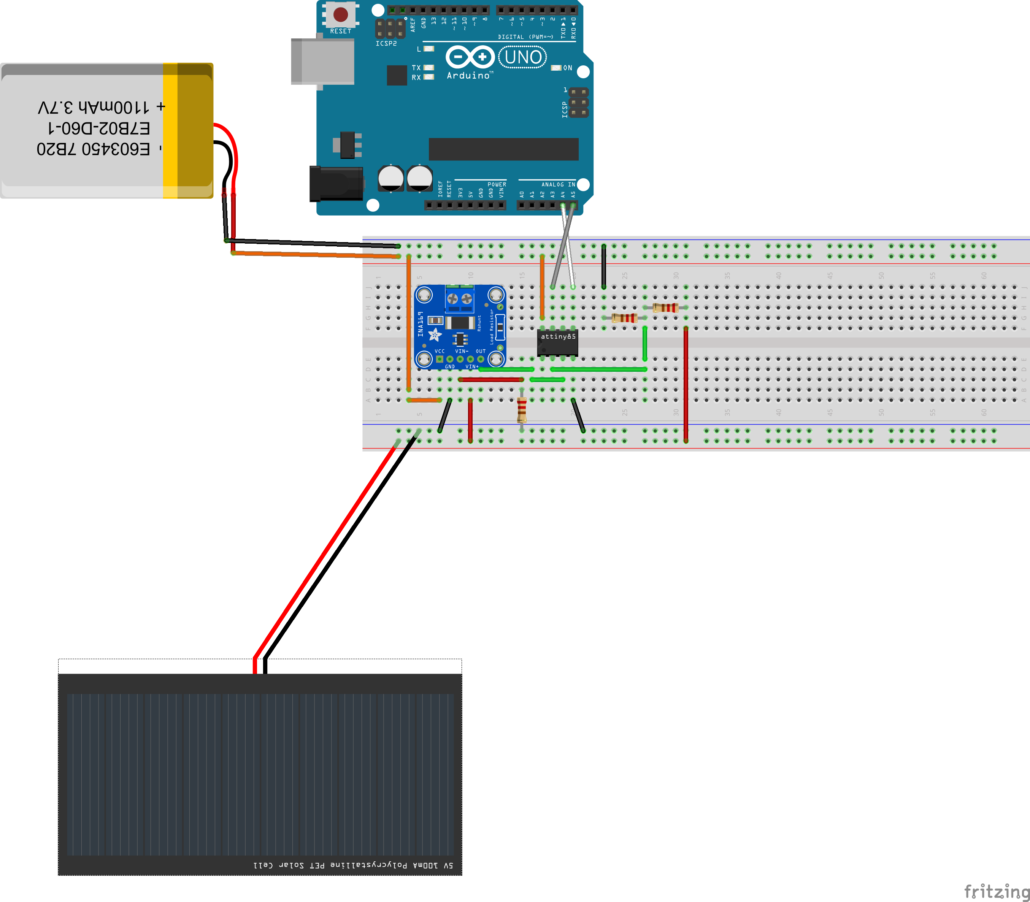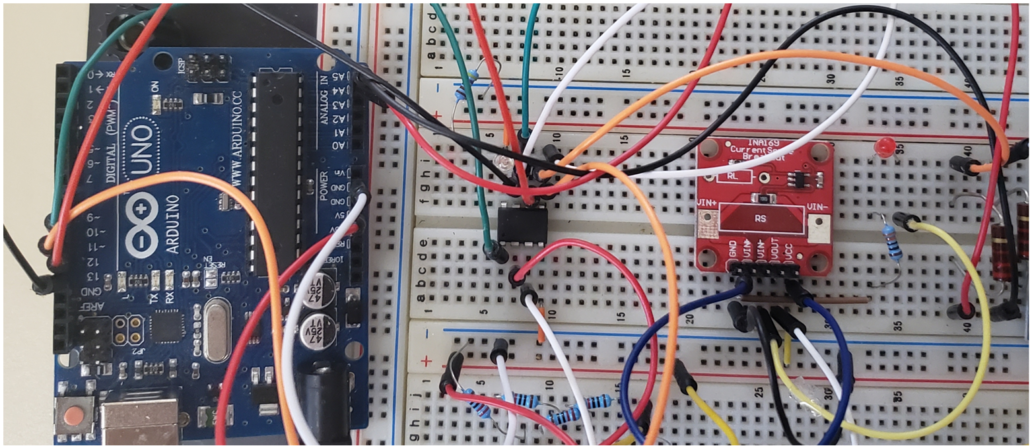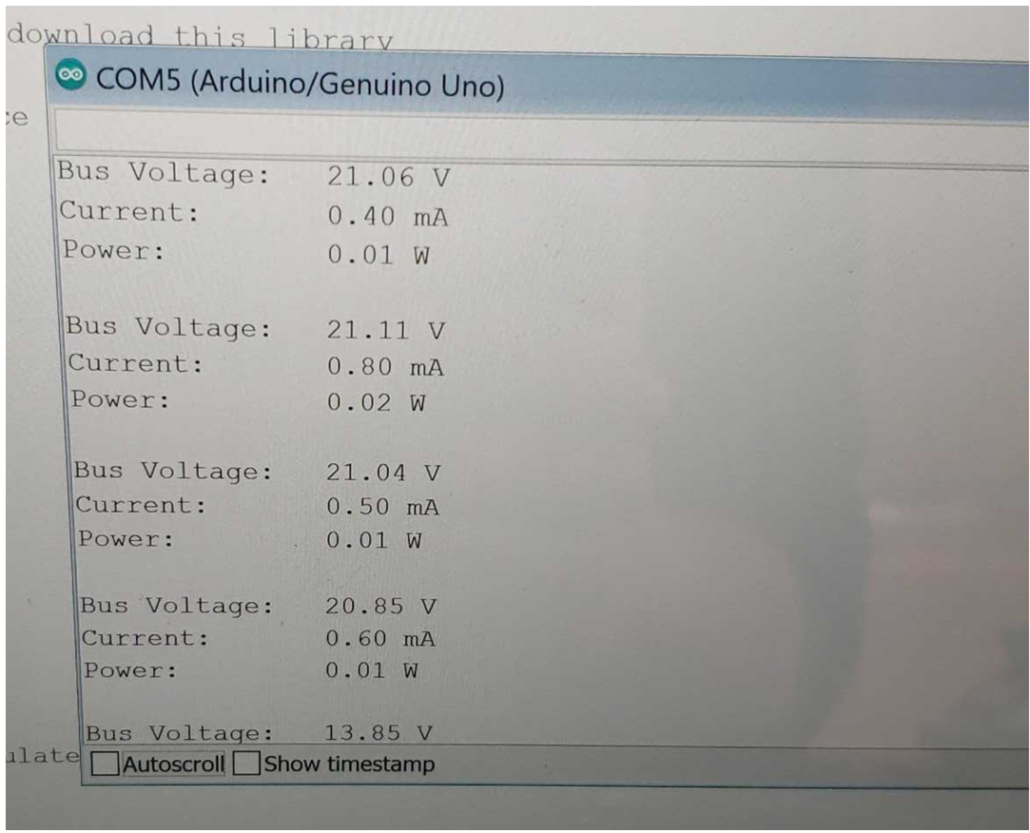Pathfinder Solar Array Spring 2019
Test and Breadboarding
Author/s: Wilder Pineda (Electronics and Control)
Verification: Guitron, Brendan (Project Manager)
Approval: Guitron, Brendan (Project Manager)
Table of Contents
Introduction
Before creating our active and passive PCBs, we had to breadboard our electronic designs. This allowed us to see if our initial design works. We used the program Fritzing to help guide each breadboard design.
Passive Panel (Fritzing)
Active Panel (Fritzing)
Solar Cells
Wire Voltage Loss
In order to see which wires would be the most suitable for the design, we calculated the voltage loss using an online calculator. Below are the voltage drops.
26AWG: voltage from solar panels: 22.5 V voltage drop: 0.4480% voltage out: 22.3992V 24AWG: voltage from solar panels: 22.5 V voltage drop: 0.4097% voltage out: 22.4078V 22AWG: voltage from solar panels: 22.5 V voltage drop: 0.2924% voltage out: 22.4342V
References/Resources
- Fritzing: http://fritzing.org/home/
- INA169: http://www.ti.com/lit/ds/symlink/ina169.pdf
- ATtiny85: https://ww1.microchip.com/downloads/en/DeviceDoc/Atmel-2586-AVR-8-bit-Microcontroller-ATtiny25-ATtiny45-ATtiny85_Datasheet.pdf
- Arduino Uno: https://ww1.microchip.com/downloads/en/DeviceDoc/Atmel-2586-AVR-8-bit-Microcontroller-ATtiny25-ATtiny45-ATtiny85_Datasheet.pdf
- Voltage Loss Calculator: https://www.calculator.net/voltage-drop-calculator.html







